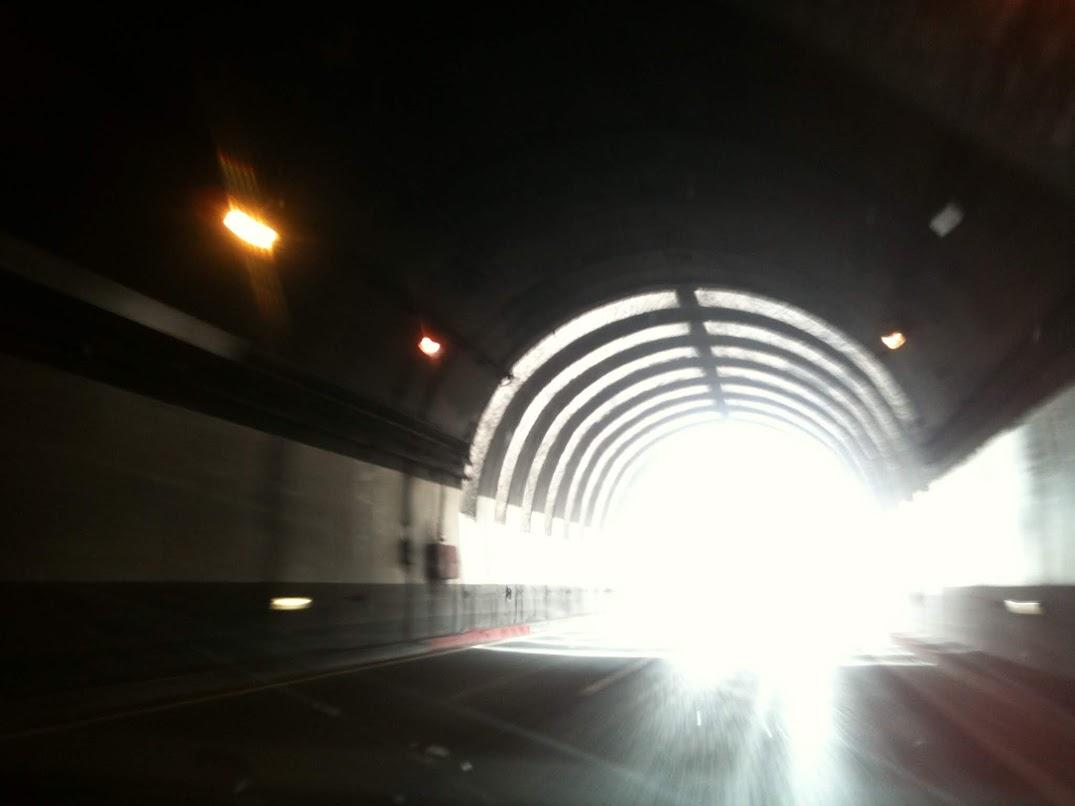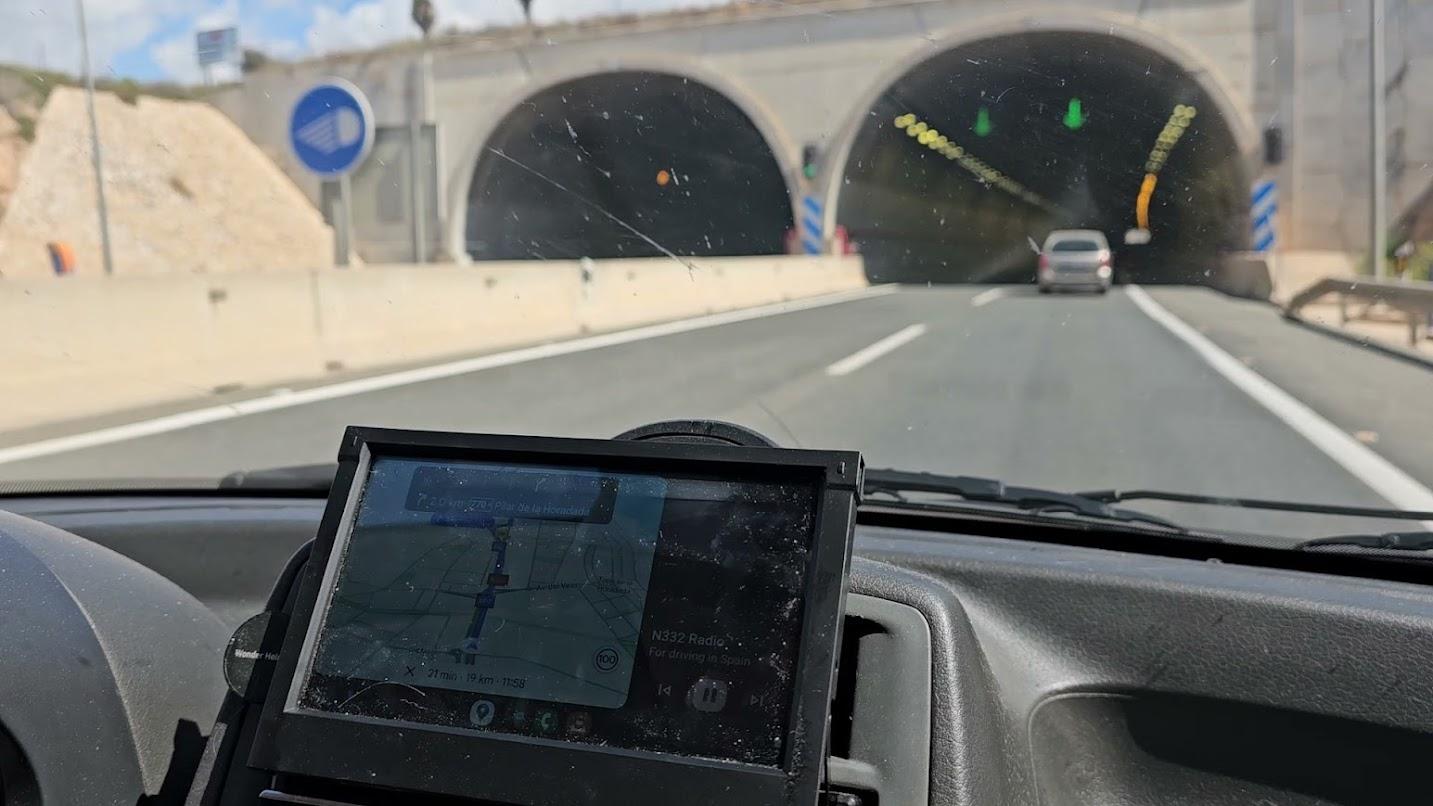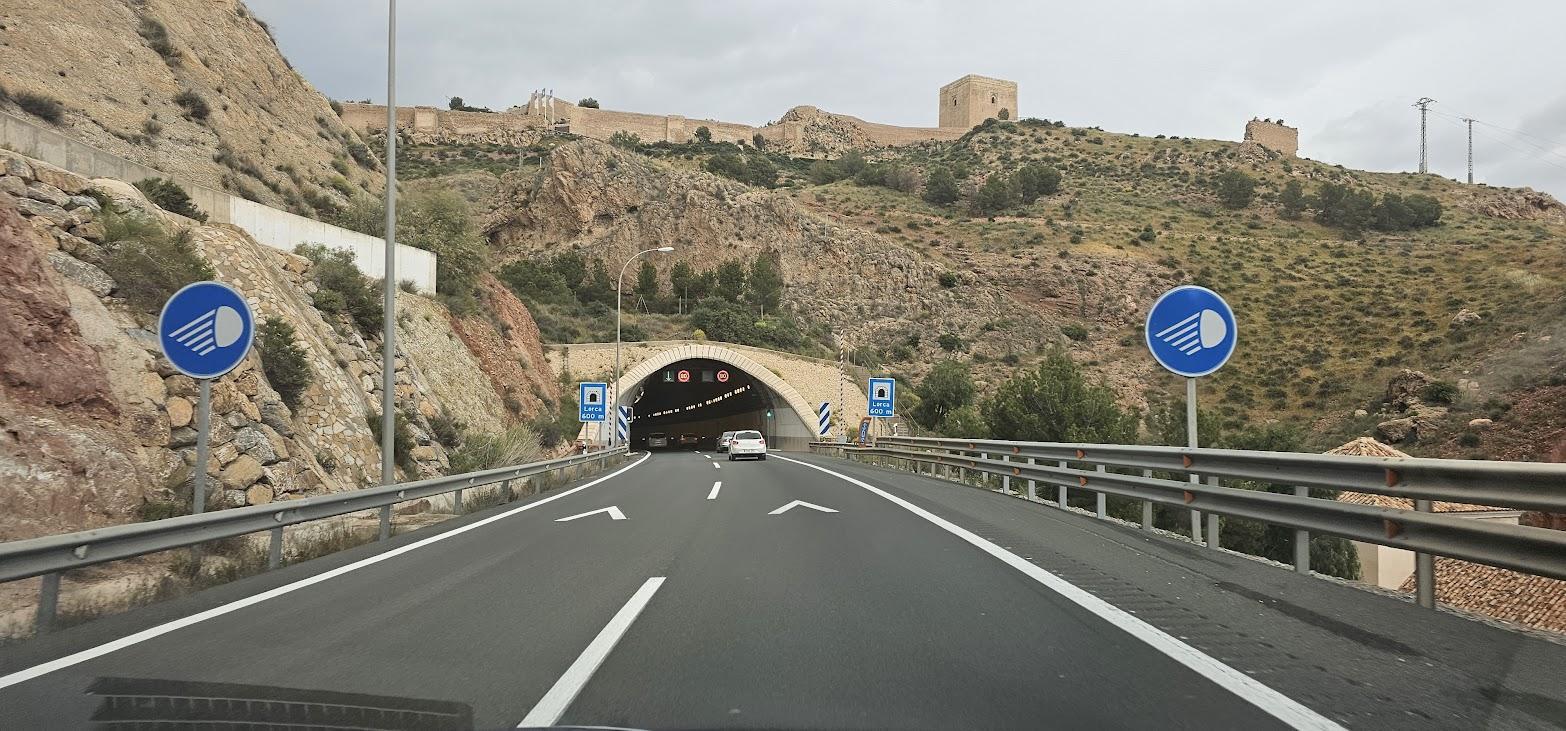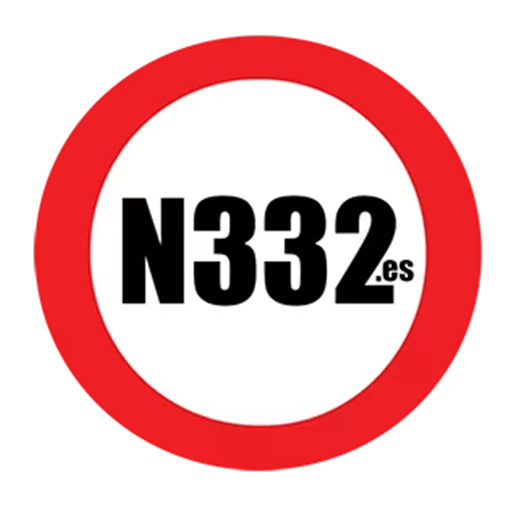The news recently has once again reported on the devastating impact of a crash in a tunnel, and because of the numerous potential dangers they present, it is crucial to know, remember, and act upon the rules for driving through tunnels.
There are immediate changes in the external driving environment when entering and leaving tunnels, such as a change in lighting, for which our eyes are slower to adapt, and a change in the air flow which can result in physical changes in movement of the vehicle.
As such, we must slow down and use headlights, and maintain a safe distance at all times, whilst also avoiding unnecessary movements such as changing lanes.
When approaching most tunnels, or a series of tunnels, a blue rectangular sign provides some key information about the tunnel, such as the name and the length, as well as details about emergency help points within.
The speed limit in tunnels is controlled with the R-301 mandatory maximum speed limit sign (a red circle with the speed limit in the centre), although many also have an advisory maximum speed limit, indicated by the S-7 blue square with white numbers.
Before entering the tunnel, we will also see the R-413 sign, a blue circle with a headlight pictogram in the centre, telling us that it is mandatory for us to use headlights at all times. It is important to be aware that daytime running lights, which are mandatory on more modern vehicles, are NOT headlights, and are not sufficient when driving through tunnels. Moreover, daytime running lights only illuminate the front of the vehicle, and it is crucial that the back is also illuminated with the mandatory red lights, so always use headlights.
There may be other signs on the entry to tunnels such as the R-306 which prohibits heavy goods vehicles over 3,500 kg from overtaking.




Some tunnels have indicators above the carriageway which shows if the lane is open or closed. This is sometimes by means of a standard red or green traffic light and sometimes by means of a green arrow or red cross. These indication signs must be observed and acted on at all times. All signs, whether fixed or temporary, visual, or audible, must be adhered to at all times.
In tunnels or underpasses where the traffic flows in both directions, overtaking is prohibited, unless an additional lane or lanes are provided for this.
A safe distance must always be maintained from the vehicle in front, with a minimum of 100 metres being required between each vehicle, the equivalent of a 4 second gap. Some tunnels have markings on the lanes to assist in keeping this distance. For those with no markings the four second gap can be monitored by counting the time between the vehicle in front of you passes a fixed point and the time it takes your vehicle to pass that same place.
In the case of vehicles with a maximum authorized mass exceeding 3,500 kg, the safe distance is increased to at least 150 metres or a minimum interval of at least 6 seconds.
When we exit the tunnel, it will still take a few moments for our eyes to adjust, and we will see a rectangular sign featuring a headlight symbol and question mark, which is our cue to switch off our headlights, if appropriate
It is also important to be aware that Personal Mobility Vehicles, such as electric scooters, are not permitted in tunnels.
Next week, we will look at what to do if we are involved in an emergency in tunnels.
Discover more from N332.es - Driving In Spain
Subscribe to get the latest posts sent to your email.

You must be logged in to post a comment.